(145 products available)














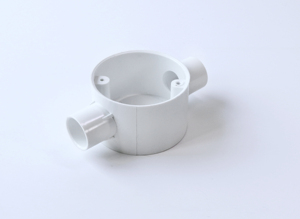
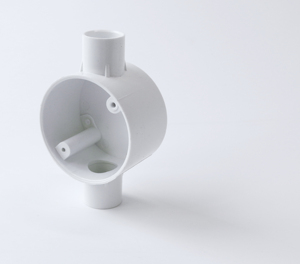

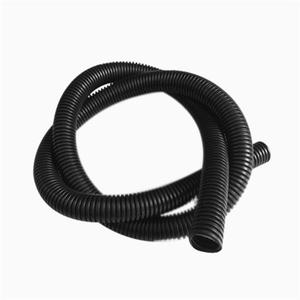



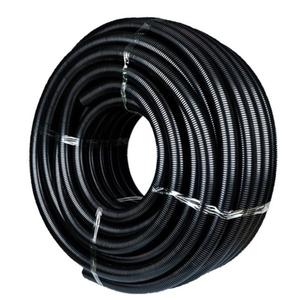




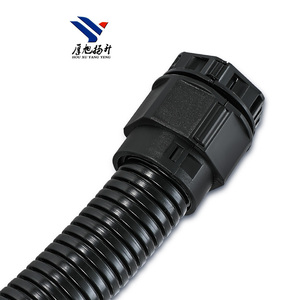
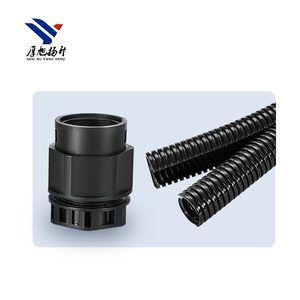




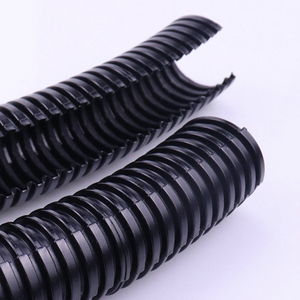


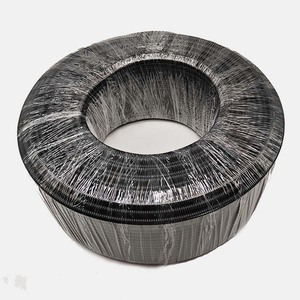





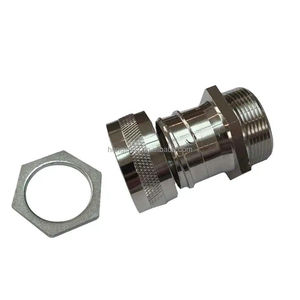




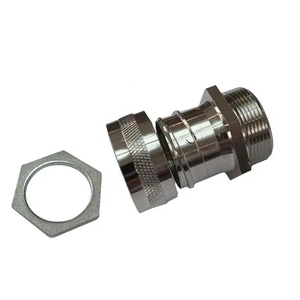

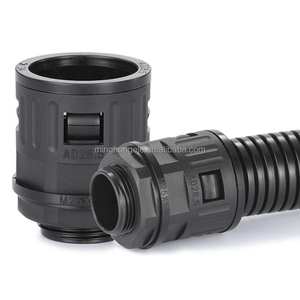

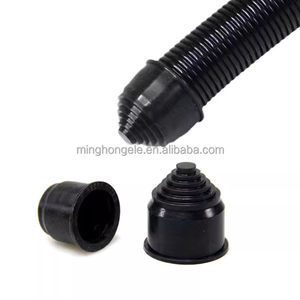














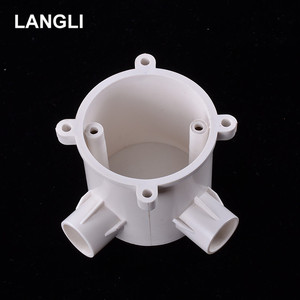
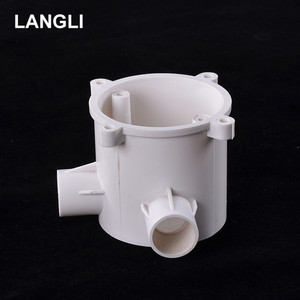



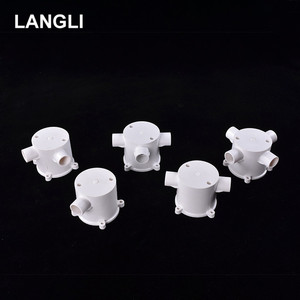

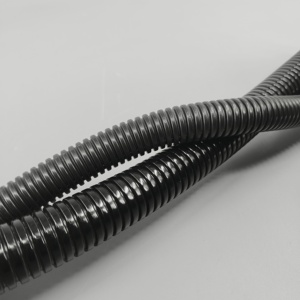
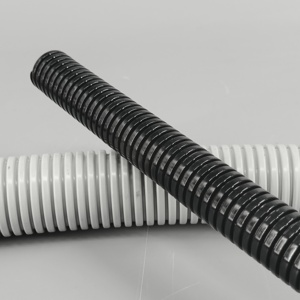


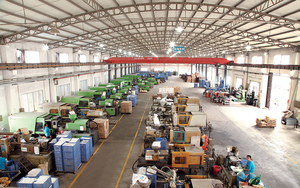







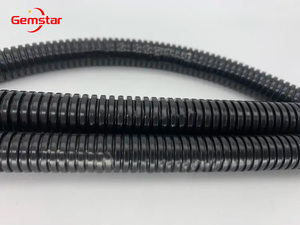
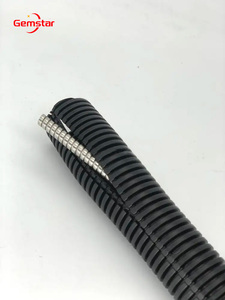
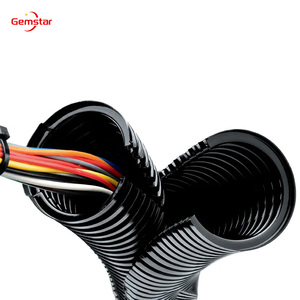

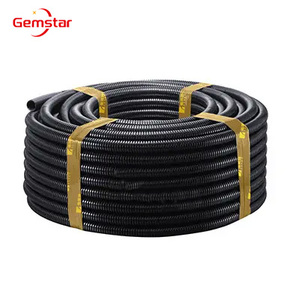










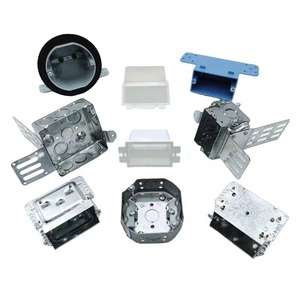

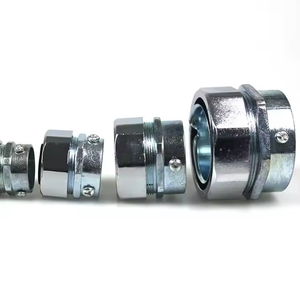
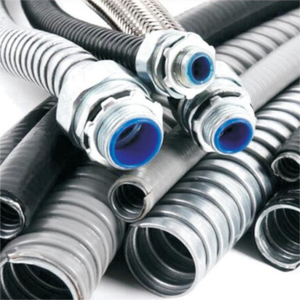

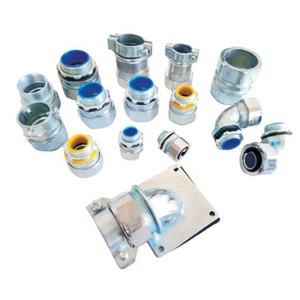





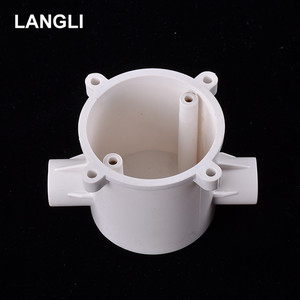


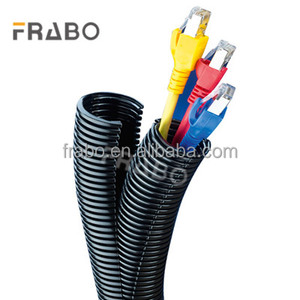
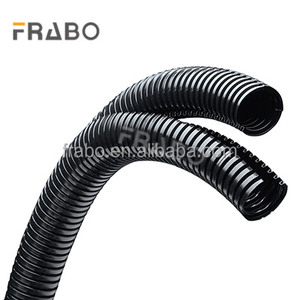






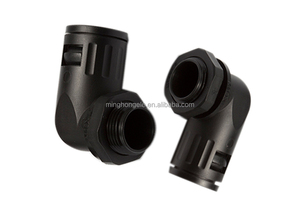

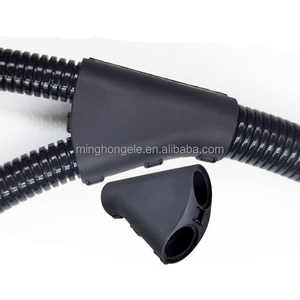


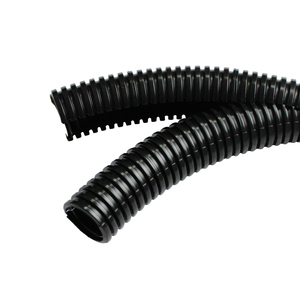





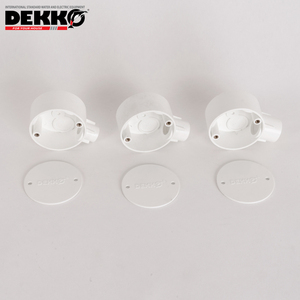



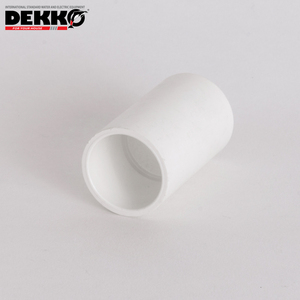
















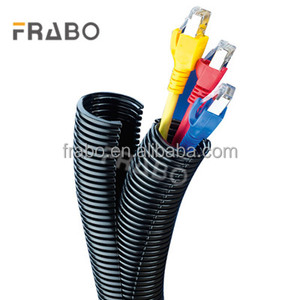
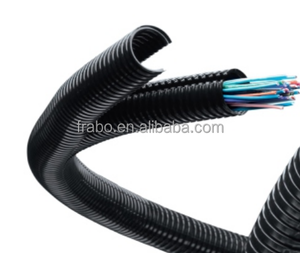



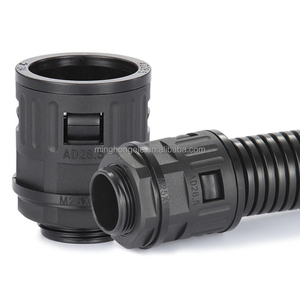




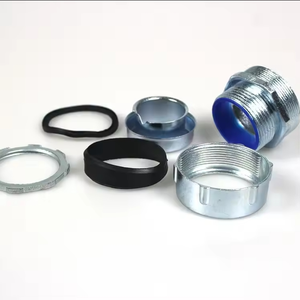


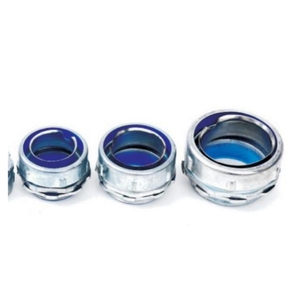




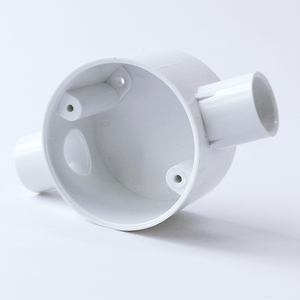

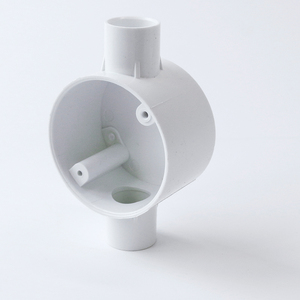
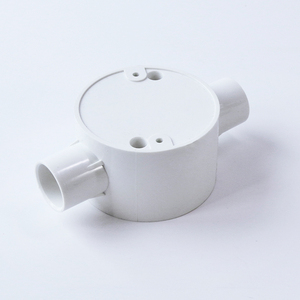

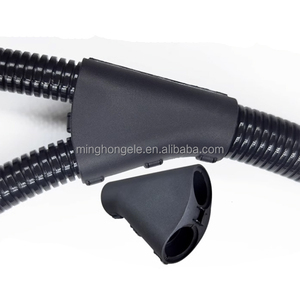


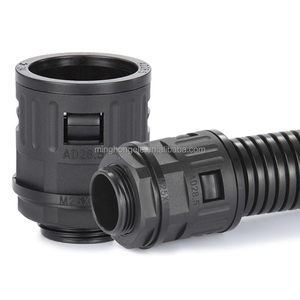






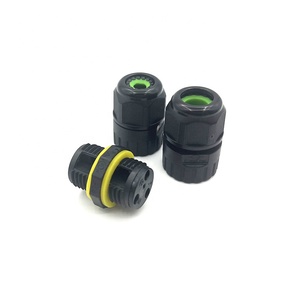





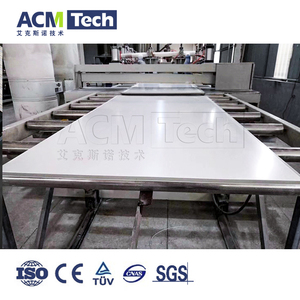













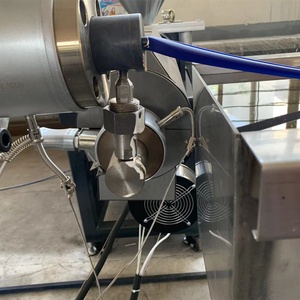









There are several flexible conduit for electrical wiring. This is regardless of whether the conduit is metallic or non-metallic. However, the metal types of conduits are more durable and provide more protection to the wiring. More importantly, considering that the electrical cabling is critical for safety, these protections are always necessary. That said here are the most common two flexible conduits available:
Flexible Metallic Conduit (FMC)
It is also known as the greenfield or the goat. It derives its flexibility from the fact that it is constructed of helically wound and elongated strips of metal. Normally, these metal strips are wrought into a pipe shape. The flexible metallic conduits are very durable and also provide high protection to the wiring inside from mechanical damages. They are commonly used in application environments that have harsh conditions. Such applications as the industrial, commercial, or outdoor environments. They can be installed and reliably operate in a large electrical system.
Flexible Non-Metallic Conduit (PVC)
Non-metallic types of flexible conduits are commonly made and constructed from types of durable plastics. PVC is one of the common materials used to manufacture flexible non-metallic conduits. They are more proactive against moisture and chemicals. Thus, Non-metallic flexible conduit is ideal for environments that are often wet or are prone to chemical exposure. If users consider the cost, Non-metallic conduit is always more affordable. In addition, its lightweight also makes it easier to install. FMC is another non-metallic flexible conduit made of polyethylene or p het. It is commonly used to protect wires from damage in sensitive environments.
Straight Flexible Conduit
Usually, straight flexible conduits are made of materials like PTFE. Also known as poly tetra fluoro ethylene. This material enables the conduit to have a smooth and non-rough internal surface. The non-internal rough surfaces allow the free and easy movement of wires. In addition, the overall flexibility of the conduit enables it to be easily bent or shaped to conform to the installation requirements in an environment. More importantly, the conduit is highly resistant to a large number of chemical agents. This makes it suitable not only for industrial applications but also for commercial, marine, and outdoor environments.
Spiral or Corkscrew Flexible Conduit
This type of conduit has been specially and uniquely designed with spiral or corkscrew-shaped patterns. Normally, these patterns provide a high level of flexibility to the conduit. Therefore, the flexibility allows it to be easily bent and twisted. Even in more cramped or tight spaces. Since the spiral design allows for better movement, even if the contained wires were to be pulled, they still have freedom of movement. Therefore, minimizing wear and tear on the wiring.
Coiled Flexible Conduit
Coiled flexible conduit is manufactured from materials such as polyethylene. The material it is made from as well as the coil design, provides great flexibility. Mostly, this type is used in short run applications. Coiled conduits are also ideal for temporary installations where easy access or quick adjustments are sometimes needed.
The following are some of the features of two flexible conduits:
Flexibility
One of the biggest advantages and benefits of a flexible conduit is its flexibility. Flexibility enables it to be installed easily, even in complex and tight spaces. In addition, it permits routing around obstacles and fittings more easily. This flexibility helps to protect wire insulation from wear and tear due to constant bending.
Diverse applications
These two conduits are ideal for divergent commercial, industrial, and residential electrical wiring protection services. They are durably constructed to protect wires from not only mechanical damage but also moisture and chemical exposure. That is why they are mostly used in outdoor areas and spaces that are prone to harsh environmental conditions.
Material
Flexible metallic conduits are constructed from galvanized steel. On the other hand, the construction of non-metallic conduits utilizes PVC or other plastic materials. The metallic conduits provide more protection. However, the non-metallic ones are more lightweight and cost-friendly.
Easy Installation
Both flexible metallic and non-metallic conduits have an easy and simplistic installation process. Normally, non-metallic conduits are even easier to install since no special hardware is required. These distinctions make the two conduits more user-friendly solutions and options for wiring protection needs.
Regulations Compliance
Usually, the usage of both flexible conduits complies with the National Electrical Code (NEC). This compliance ensures safety during installation, performance, maintenance, and operation. Moreover, adherence to regulations is vital for legal considerations and avoiding potential liability issues.
Here are some common usages of the two flexible conduits:
Electrical Wiring Protection
The primary purpose of flexible conduit is to protect electrical wires and cables. These conduits protect the wires from mechanical damage, moisture, and chemical exposure. This protection is particularly important in areas that have harsh environments. Flexible Non-Metallic conduits are ideal for such areas since they are made from materials like PVC. On the other hand, Flexible Metallic Conduit (FMC) is more suitably used in industrial and commercial applications.
Robotics and Automation
Flexible conduits are commonly used in robotics and automation systems. In these systems, the conduits allow the cables to move freely without being damaged. Most importantly, this free movement is very key since systems like robotic arms involve complex movements. This is where flexibility of the conduit is a critical and vital factor in ensuring that the electrical wiring can withstand dynamic motions without wear and tear.
Marine Applications
In marine environments, there is always the likelihood of moisture exposure and high corrosion levels. Thus, flexible, non-metallic conduits are widely used in wiring protection in boats and ships. They are constructed from other materials that are more resistant to the effects of water and corrosion. Therefore, making them more reliable in protecting electrical wiring in marine conditions.
HVAC Systems
Flexible conduits play a very important role in HVAC (Heating, Ventilation, and Air Conditioning) systems. They protect the wiring that connects the system components. These conduits also allow easy installation in spaces that are often cramped and hard to reach. Besides, the flexibility ensures that wirings are not kinked or damaged due to movements of the system during its operation.
Appliance Manufacturing
Flexible conduits are used in many household and industrial appliances where they protect the internal wiring against mechanical stress. Common appliances like washing machines, dryers, and dishwashers have moving parts. Therefore, the use of flexible conduits in such scenarios ensures that the wiring is well protected, and the appliances have longevity.
When buying a two flexible conduit for electrical wirings, here are some factors one should consider:
Flexibility
Flexible conduits are crucial in protecting electrical wiring in environments with mechanical stresses. Thus, opt for conduits with good flexibility since they allow better routing through tight spaces or around obstacles. Moreover, the flexibility prevents wear and tear on the wiring, especially in applications with moving parts.
Durability Material
Normally, flexible conduits are manufactured from divergent materials. Each with its added advantage of durable characteristics. For instance, metallic conduits offer more protection against mechanical damages. At the same time, non-metallic ones are lightweight, corrosion-resistant, and more cost-effective. Therefore, go for the type of material that will best suit the user’s own application requirements and needs.
Environmental Suitability
Consider the operational environment of the electrical wiring. If it is likely to be exposed to chemicals, moisture, or extreme temperatures, then choose a conduit with a high resistance capability to these factors. Non-metallic conduits like PVC are ideal for such scenarios. Conversely, in environments with heavy industrial retrofits, FMCs are more suitable.
Compliance with Regulations and Standards
Always ensure that the chosen flexible conduit complies with the National Electrical Code (NEC) and any other relevant local regulatory standards. This compliance is essential not only for safety reasons. But also for legal considerations. Further, regulation adherence also ensures that the installations are up to the required safety standards, possibly reducing liability issues in the future.
Ease of Installation
Flexible conduits are preferred due to their easy and simplified installation, especially in complex spaces. Non-metallic conduits provide easy installation since they do not require threading or specialty tools. However, always factor in the installation ease amid environmental conditions consideration, too.
The major difference lies in the material composition and the degree of protection they offer. FMCs, which are made from galvanized steel, offer superior mechanical protection, ideal for heavy-duty industrial applications. On the other hand, Non-Metallics, which include PVC or other plastics, are lightweight, corrosion-resistant, and suited for environments where chemical exposure or moisture is a more significant concern.
Flexibility is crucial in ensuring the conduit can navigate tight spaces and complex pathways without kinking or damaging the wires inside. This is particularly important in environments with moving parts or mechanical stresses, as flexibility minimizes wear and tear on the electrical cabling.
Yes, flexible conduits, especially non-metallic types like PVC, are ideal for outdoor use. They provide protection against moisture, sunlight, and other environmental elements that can degrade wiring over time. Also, Non-metallic conduit is specially designed to prevent weathering.
Flexible conduits must meet the standards set by the National Electrical Code (NEC) to ensure safety and legal compliance. This adherence is critical for ensuring the installation is safe, minimizing liability for the installation owner, and ensuring long-term reliability.
Flexible conduits protect the internal wiring of household appliances, such as washing machines and dishwashers, from mechanical stress. Since these appliances have moving parts, the conduit’s flexibility prevents the wiring from kinking or breaking due to the appliance's operation.